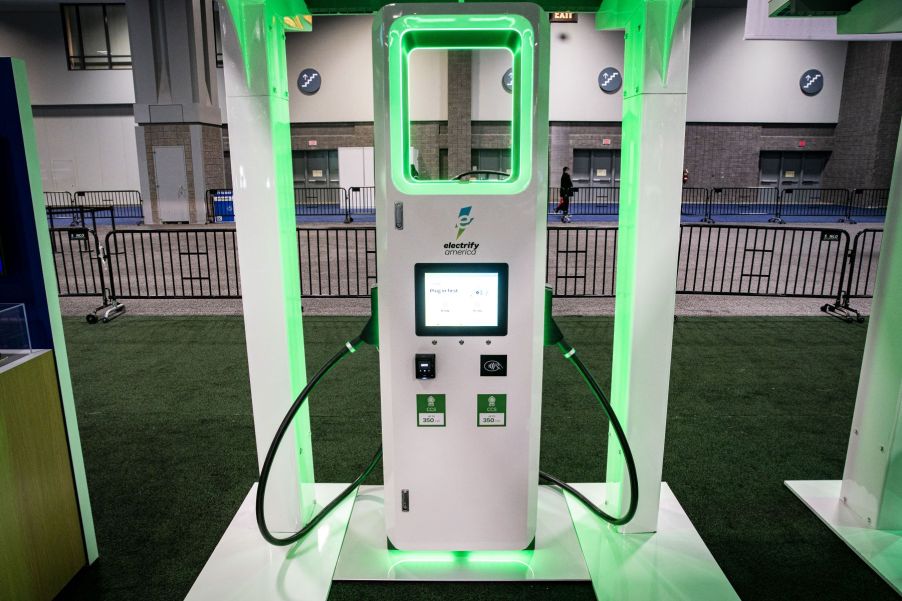
Did Electrify America Charging Stations ‘Simplify Customer Options’ or Make It More Confusing?
If you’re looking forward to discovering if Electrify America made it confusing for their users after renaming their EV chargers, this article is for you. It could help gauge if the change benefited those familiar with electric chargers. Here’s a look at the recent naming convention changes made by Electrify America and what they mean for users.
An overview of Electrify America

Electrify America recently announced that it will change the names of the charging stations on its network. Electrify America will use new names to help customers decide which charge power is appropriate for them and avoid confusion about what type of charger is unavoidable.
The company says it will rename all its chargers using two new labels: Hyper-Fast and Ultra-Fast. The Hyper-Fast name will appear on newly redesigned labels across the Electrify America and Electrify Canada networks to convey available charge power in a simple, easy-to-understand way. The companies pioneered the availability of the fastest charging speeds available today at up to 150 kW and 350 kW, which have become a standard in the industry for publicly available charging.
Name changes and how ‘hyper-fast’ and ‘ultra-fast’ are related and confusing to some customers
Drivers are having trouble differentiating which charger is which, so it will be a matter of choice based on what they can afford, not what’s the fastest option. “The problem is that there is no way to determine if #350kw is faster than #150kw. They are both fast.” Hyper-Fast and Ultra-Fast are closely related to each other and could be confusing to some customers. What if the charger says Ultra-Fast, but you only ordered Hyper-Fast? If a driver comes in with an Electrify America or Electrify Canada charge card for $0.35 per minute at 150 kW and 350 kW, which one will they choose? That is, assuming the company doesn’t put multiple chargers at each location.
Tesla owners will not want to charge at 350 kW. For drivers of Tesla cars, there’s a strong chance they will want to use the high-power chargers when available, but what if they are available at only 150 kW? Does that mean a Tesla driver has to use a lower-power station? That doesn’t make much sense. It looks like Electrify America is about to find out whether the company’s customers want 350 kW charging stations.
How charging stations are expanding across the U.S.
To boost EV adoption and reduce pollution, the U.S. Transportation Department, on Sep. 27, 2022, said it approved electric vehicle charging station plans for all 50 states, Washington, DC, and Puerto Rico, covering roughly 75,000 miles of highways. The administration expects that with more stations across America’s roads, we’ll see a significant increase in electric vehicles on the nation’s roads and highways by 2030. So, it’s allocated $5 billion over five years to fund EV charging station construction along interstate highways as part of President Biden’s bipartisan infrastructure package signed into law earlier this year.
Home charging options for your EV
People have been using portable charging stations and wall outlets to charge their electric cars, but they are limited by the times they can do so daily. Fully-charged batteries can take 12 hours to regain 80% of their power. It will take about six hours to charge your battery, from 20% to 100%. A portable charging station has changed all that! Now, convenient charging stations can be placed in your car for easy access. These chargers are perfect for people who work outside the home and need a quick charge at lunchtime or during the day.


